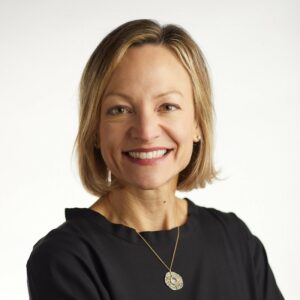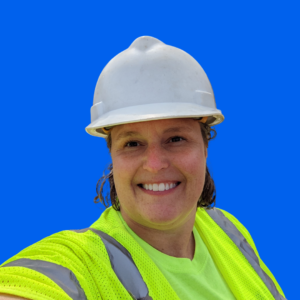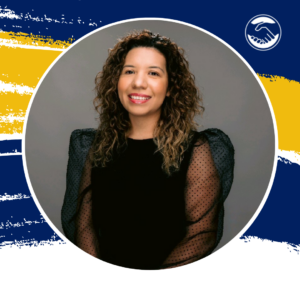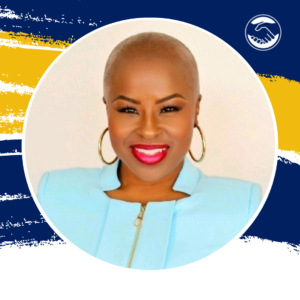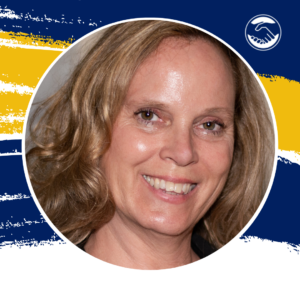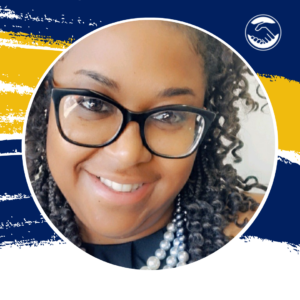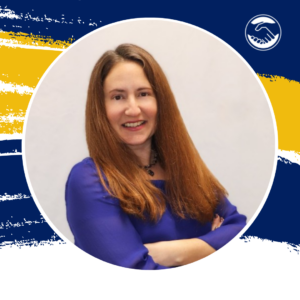Member Spotlight: Jill Angelo: Part 2
Co-founder and CEO, Gennev
Company Website: Gennev.com
Jill Angelo is the co-founder and CEO of Gennev, the first-ever online clinic for women in menopause. Gennev offers menopause telehealth doctors, health coaches, products, and education to serve its target market. Recently, Founders First co-founder Kim Folsom caught up with Jill and discussed the company’s progress since they first worked together back in 2017. Among other topics, they covered Jill’s efforts to seek the right kind of funding and achieve profitability and sustainability for her business. This is Part 2 of their conversation.
That’s great having that experience of scale and everything else your CTO brings to the table. Have there been any other key hires on your team?
Yeah, you know we’ve always had our chief medical officer on board, but what we’ve done, especially through the pandemic as demand started to grow, is bring more of our health care providers on salary. So they are a formal part of the team. And we balance that with a hybrid approach of doctors and coaches on salary and those that are 1099. So we can flex with demand and still remain on a path to profitability with our financial model.
Our next big milestone is really around unlocking access for the masses of women who
won’t necessarily pay for the services or can’t or don’t want to because they’ve got health insurance for that–that’s the way the American health system works. So our most recent hire was the former EVP of Blue Cross Blue Shield of California and is really helping us move towards being credentialed and approved and in alignment with big national payers or insurance plans that will enable us to have all of our services covered under insurance, which again will unlock access in a much bigger way.
Wow, that is a really great next step. That was one of my questions–is your model today more consumers paying for the services or did you have something in place to be able to have payments approved through insurance.
Yeah, today I would say we’re producing reimbursement paperwork for about 75% of our patients. And everything we do is 100% reimbursable. The appointments, the diagnostic codes, even the dietitian services are reimbursable and covered under insurance and so that is what makes it just such a no-brainer to go after and take care of this for the customer up front and work with payers to credit. And that’s going to do two things. Number one, it will more than double our existing patient load even with no new marketing because… people won’t drop because they can use their insurance. Second of all, it will boost our revenue per appointment. What we charge the patient today is about 50% of what insurance actually pays for the services we’re offering. So, from a revenue standpoint, in a growth model, insurance again is a no-brainer. It also then opens us up to be a true B2B business model.
How many clients did your company serve last year?
You know, last year we served around 3,500 patients and 10,000 customers, so I always separate those two. The customers are product sales. We’re also now in 550 CVS stores, on shelves. And really that model is to also then work with CVS in their minute clinics to drive health education and then bring our services in there as well. So, obviously customer usage on the product side is higher than patients, but I’m really proud of 3,500 patients. We’re seeing, on average, about 500 to 600 patients a month now. And it continues to steadily grow.
Now we’re maniacally focused on unlocking insurance coverage and everything we’re doing, whether it’s the product team, whether it’s the growth team, whether it is our healthcare team, everyone is pointed on their part of that puzzle.
Have you done your Series A funding yet?
You know, we started to go out in Q1 of this year and learned that we’re just at this cusp of what our Series A could be. And it’s really around securing that insurance coverage and once we do that it sets us up for a higher valuation and more substantially to really make bigger investments. So, what we decided to do is kind of the opposite of what you would think, but we cut costs to tighten things up, and we’re raising some bridge funding right now, just to carry us through and execute on a couple of new enterprise contracts that we’ve signed as we bring in insurance coverage.
But we’ll go for our Series A in 2023. Obviously, we’re now watching this very dynamic market that we’re all in. So, the longer we can hold off, the more beneficial it will be for us. It’ll be a 10-month journey, I think, until we really go back out again.
That’s a smart thing to do. I was talking to somebody else who is one of our accelerator programs going through the same thing. I was telling her that doing a raise in this market is different. The things that you’re talking about doing are very smart. Keeping on a path to profitability while being cost efficient and focusing on core value delivery is just smart. Are you profitable or on the path to be?
We’re not profitable, yet we’re working toward it. I do think we have a sustainable model, and I think there’s so many great ways we can grow without taking on additional investment down the road, and so that’s why I’m striving for profitability.
But you know, there are so many factors, and you control what you can control to the best of your ability. Hopefully, we’ll get there in 2023.
That’s great. It’s great to have that as an option. How large is your team now?
Today we’re nine people on the team, so still quite tight and then, if you balloon out into our contract employees, we probably go up to 25.
That’s amazing. When you think about when you worked with us in 2017 to now in 2022, what insights do you have from then to now?
You know, I think two things in particular. One thing the Founders First program really did for us, Kim, was get us focused on that recurring revenue stream. Sometimes you have to find unique and different ways that it works in your business, but even if I have fewer customers on a recurring revenue stream, it still makes up the majority of my revenue, so it just goes to show it’s just so core important to driving revenue growth and even getting to profitability.
I would say the second point is the notion that there are multiple ways to fund your business.
Your [revenue-based financing] model is unique, but I think even this notion of getting to profitability or striving for that is important. You know, we’ve taken venture funding and we’ve raised a seed round and it catapulted us in ways that we couldn’t have done without it. And yet it’s a different trajectory in terms of the growth expectation and the way you manage your business. Finding profitability, sustainability, and other ways to fund a business outside of a traditional venture model, I think, is very important because it’s just not for every company.
Yes, and funding a business exclusively on venture is problematic.
It’s a trade off with what you’re having to go through, because you’re building an institution that never existed and and you know when you take venture money the expectation is you’re gonna…
Either go to some particular level, and you know, tap the cup of the public market or get acquired.
But the gap in the market is going to require this innovation that you and Founders First are doing to help.
It’s not always the easiest path, but you have to have conviction around what you’re doing. As a company, we have been pioneering in this space of post reproductive health and menopause. And there’s now a number of companies and it’s been good, because a rising tide floats all boats as the world becomes more educated about this part of women’s health care, but there’s still so many firsts we’re tackling and sometimes that doesn’t always line up with the traditional venture growth model. Those are the tough decisions that my board and I get to face together.
Yeah, we have grown our funding model as well. And I would be remiss if I didn’t say that as you look at other options, consider us as a potential source to help you if you need it.… And so, when you think about 2017 to 2022, was there some specific, significant catalytic thing that you know helped your growth from where you were then to where you are now?
I would say that obviously the seed round we raised in our first venture in 2019, at the end of the year, right before we headed into the pandemic. We headed into, you know, a really tumultuous part of the world and the capital we received let us make investments in a time when a lot of people were battening down the hatches. We were able to lean into a need that
was emerging out of something that none of us could have seen, and that’s telehealth and access to health care from the comfort of your home. So, I would say the venture round was a changing moment for us. And with the pandemic, being a telehealth company was very paramount to where we’re at today, and while it was a negative in so many ways for the world, hopefully for our business it will end up being a good thing that comes out of that for many women from here forward.
Yeah, I definitely think that the pandemic unlocked telehealth, especially given some of the very, very old bureaucratic methodologies like insurance and a lot of the compliance that have prevented the advancements of telehealth in so many ways. So, that’s great, and if there’s anything I can do to support you in the next phase, let me know.
Thank you! I’m more than glad to have had the chance to talk with you today to help spread our story.
Interested in an accelerator program at Founders First? Check them out!
- Founders First CDC - Small business secrets of navigating capital stack for growth

